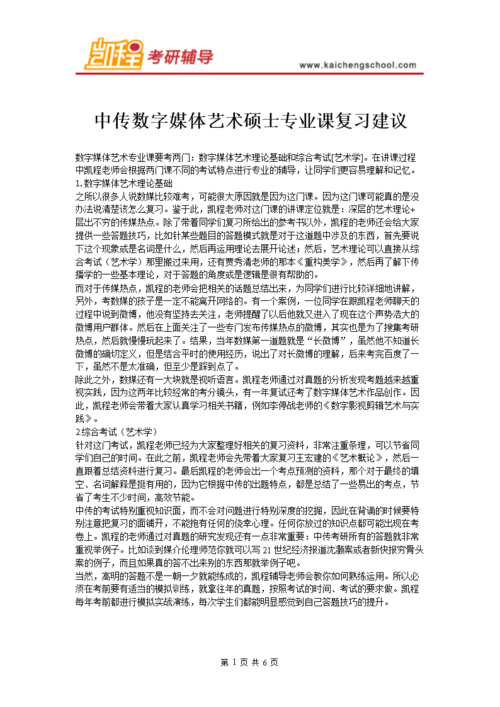1.TheRuleofThree
Exploring the Literary Phenomenon of the Number Three
In literature, the number three holds a special significance and is often used as a powerful literary device. This phenomenon, known as the "Rule of Three," has been employed by writers across various genres and time periods to create rhythm, emphasis, and a sense of completeness in their works. Let's delve into some of the ways in which the number three manifests in literature:
One of the most common manifestations of the number three in literature is the Rule of Three, which suggests that things that come in threes are inherently more satisfying and effective than any other number. Writers use this rule to create a pattern that is both memorable and impactful. For example, in fairy tales, we often see characters facing three challenges or receiving three gifts.
Many stories are structured around the three-act format, consisting of the setup, confrontation, and resolution. This classic storytelling technique has been used in plays, novels, and films to provide a clear and engaging narrative arc. The three-act structure helps to build tension, develop characters, and ultimately bring the story to a satisfying conclusion.
Another way in which the number three appears in literature is through the use of three main characters or entities. These characters often represent different aspects of the human experience, such as the id, ego, and superego in psychology. By having three distinct characters, writers can explore complex themes and relationships within their works.
Threefold motifs, such as past, present, and future or birth, life, and death, are commonly found in literature. These motifs symbolize the cyclical nature of life and the interconnectedness of different stages of existence. By incorporating threefold motifs, writers can add depth and richness to their storytelling.
Triads and triplets are groups of three elements that are often used in literature to create balance and harmony. Whether it's the three witches in Shakespeare's "Macbeth" or the three musketeers in Alexandre Dumas' novel, triads and triplets add complexity and intrigue to the narrative. These groups can represent different perspectives, conflicts, or resolutions within the story.

Besides its structural and narrative functions, the number three also carries symbolic significance in literature. It is often associated with concepts such as unity, harmony, and completeness. In religious texts, myths, and folklore, the number three is a symbol of divine perfection and balance. Writers use this symbolism to imbue their works with deeper meaning and resonance.
The literary phenomenon of the number three is a versatile and powerful tool that writers use to enhance their storytelling. By incorporating the Rule of Three, three-act structures, three characters, threefold motifs, triads, and the symbolism of three, authors can create works that are engaging, memorable, and rich in meaning. The next time you read a piece of literature, pay attention to how the number three is woven into the narrative, and appreciate the depth and complexity it brings to the story.
